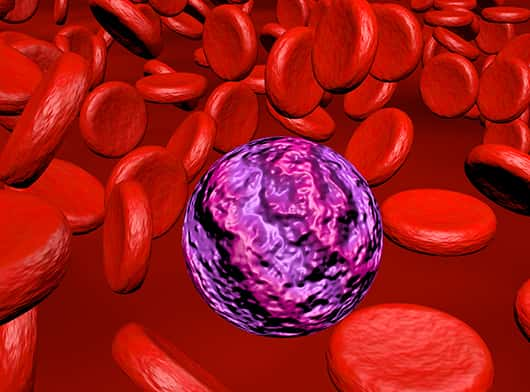
Leukemia is a common cancer in children and teens. Acute Myeloid leukemia (AML) is the second most common leukemia in children.
“Acute” means that the leukemia usually gets worse quickly if it is not treated.
There are no known risk factors, however the following factors may be associated with it
Signs and symptoms may vary from person to person. Some of the signs and symptoms are:
Chemotherapy
Chemotherapy uses cytotoxic drugs to kill cancer cells. These may be given either through an IV or as an oral tablet. Treatment for acute myeloid leukemia (AML) uses higher doses of chemotherapy over a shorter period of time.
